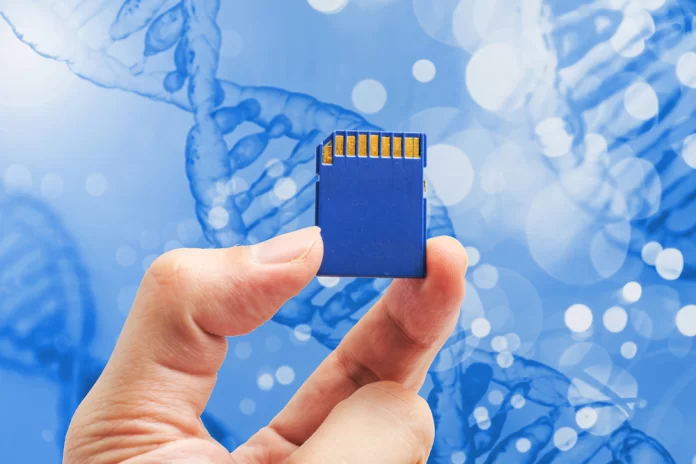Data storage has been a rapidly evolving field for decades, with ever-increasing demand for larger, faster, and more durable data storage solutions. In recent years, a new contender has emerged: DNA. In theory, DNA could offer a highly compact, long-lasting, and energy-efficient data storage solution, but is it the future of data storage?
What is DNA data storage?
DNA data storage involves encoding digital information into the four nucleotide bases (adenine, guanine, cytosine, and thymine) that make up DNA. DNA molecules can store vast amounts of information in a compact form factor. Unlike traditional data storage media, such as hard drives or flash memory, DNA does not suffer from the same degradation or loss of data over time.
The potential advantages of DNA data storage
DNA has several properties that make it an attractive potential storage medium for digital information. One of the most significant advantages of DNA storage is its incredible data density. DNA can store up to 215 petabytes per gram, which is orders of magnitude more than any other storage technology available today. This means that an entire data center worth of information could be stored in a space the size of a sugar cube.
Another advantage of DNA is its durability. While traditional data storage media has a limited lifespan, DNA can remain stable for thousands of years if kept in optimal conditions. This means that DNA-based data storage could have a significantly longer lifespan than other storage technologies.
Finally, DNA data storage is energy-efficient. Compared to traditional data storage solutions, the energy required to read and write data to DNA is relatively low. This makes DNA data storage a potentially more sustainable and environmentally friendly option.
Challenges of DNA data storage
Despite the potential advantages of DNA data storage, there are significant challenges that must be overcome before it can become a practical solution for data storage.
One of the biggest challenges is the high cost of synthesizing DNA. The process of encoding information into DNA is still relatively expensive and time-consuming, and it requires specialized equipment and expertise. While the cost of DNA synthesis has been decreasing in recent years, it is still significantly higher than the cost of traditional data storage media.
Another challenge is the read and write speed of DNA data storage. Currently, the process of reading and writing data to DNA is slow and requires specialized equipment. While researchers are working on developing faster and more efficient methods for reading and writing data to DNA, these methods are still in the early stages of development.
Finally, there are ethical considerations surrounding the storage of large amounts of personal information in DNA. While DNA is a stable and secure storage medium, the potential misuse of DNA data could be a cause for concern.
Conclusion
In conclusion, while DNA data storage is a promising technology with significant potential advantages, it is not yet a practical solution for data storage. The high cost of DNA synthesis, slow read and write speeds, and ethical concerns surrounding DNA data storage still need to be addressed before it can become a widely adopted solution. Nonetheless, researchers continue to make progress in this area, and DNA data storage may well become a viable option for data storage in the future.




